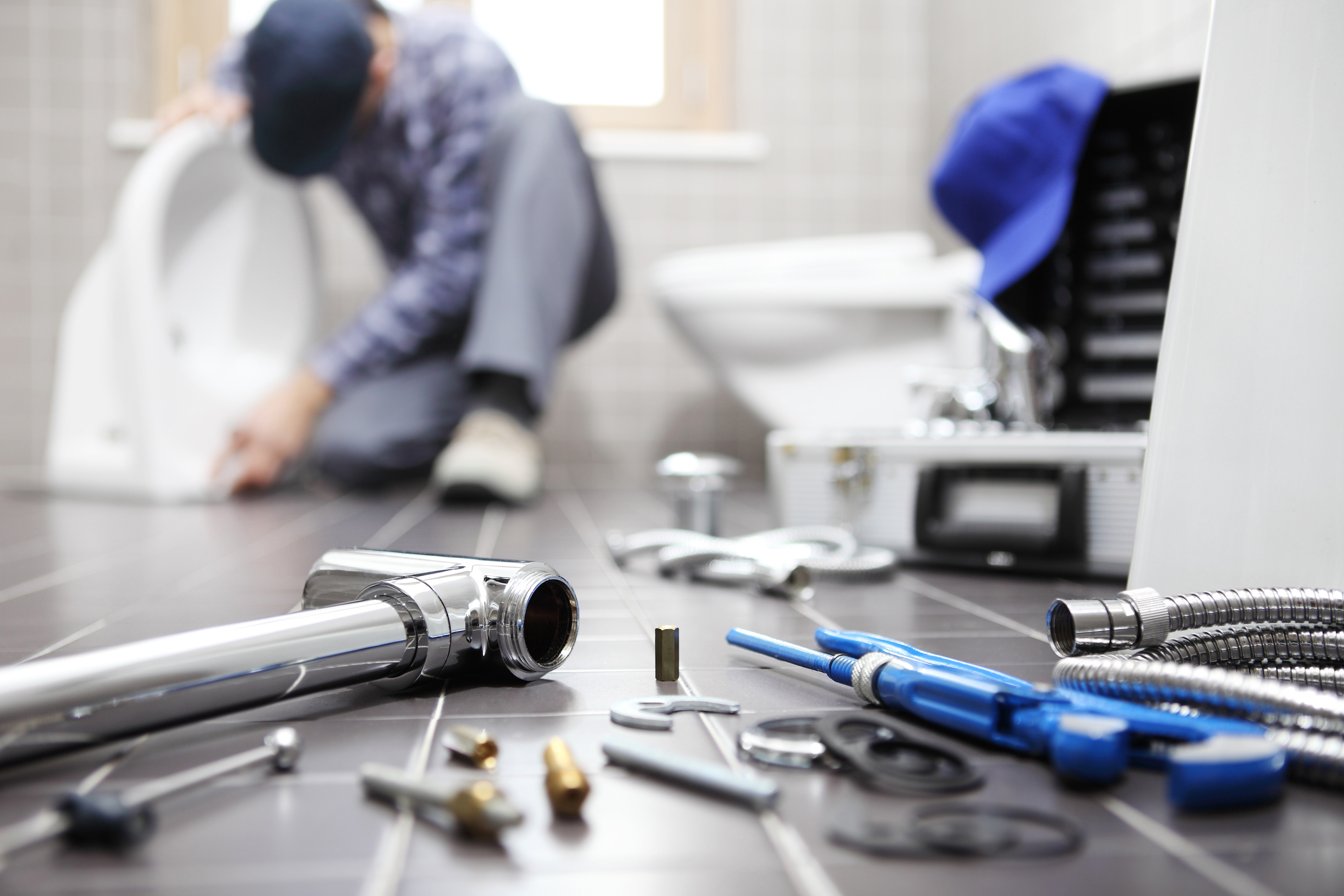Do you find yourself trying to find critical information about Dealing with Low Water Pressure in Your Home?

Low tide stress in your house can be a discouraging issue, affecting everything from showering to cleaning dishes. If you're experiencing weak water flow, there are a number of feasible causes and solutions to discover. In this overview, we'll go over usual reasons for low water stress and sensible actions to resolve the issue effectively.
Intro to Low Tide Pressure
Low water stress occurs when the flow of water from your faucets, showers, and other fixtures is weaker than normal. This can make everyday tasks extra difficult and less reliable. Understanding the reasons for low tide stress is crucial to locating the appropriate option.
Usual Root Causes Of Low Water Stress
Pipe Obstructions
With time, pipelines can end up being clogged with natural resource, debris, or debris, restricting the circulation of water. This is a typical issue in older homes with galvanized steel pipelines.
Rust
Corrosion within pipelines can result in leaks and reduced water stress. Rust build-up can constrict water flow, particularly in aging plumbing systems.
Faulty Stress Regulators
Stress regulators are in charge of preserving consistent water pressure in your house. If they malfunction, it can lead to low tide stress or irregular flow throughout your house.
Local Water Supply Issues
Occasionally, the problem lies outside your home. Local water supply problems, such as main line leaks or maintenance work, can briefly reduce water pressure in your area.
How to Detect Low Tide Pressure
Examining Faucets and Components
Begin by evaluating the water pressure at various taps and fixtures throughout your home. If the concern is isolated to specific locations, it may indicate local issues.
Examining Pipelines
Check noticeable pipes for signs of leakages, corrosion, or clogs. Take notice of any type of unusual audios, such as knocking or rattling pipes, which could suggest issues within the plumbing system.
Consulting with a Plumber
If you're incapable to identify the cause of low tide stress, consider employing a professional plumber to carry out a detailed inspection. They can identify underlying issues and recommend ideal services.
Do It Yourself Solutions to Take Care Of Low Tide Stress
Cleaning Up Aerators and Showerheads
Natural resources can accumulate in aerators and showerheads, reducing water flow. Remove and clean these components consistently to improve water stress.
Flushing Hot Water Heater
Debris accumulation in the water heater can restrict circulation and decrease efficiency. Flushing the container occasionally aids eliminate sediment and maintain optimum performance.
Checking Stress Regulatory Authority
Guarantee that the pressure regulatory authority is working properly. Changing or replacing the regulatory authority can assist restore correct water stress throughout your home.
Clearing Clogs in Pipes
For small blockages, try making use of a plumbing snake or chemical drainpipe cleaner to clear blockages in pipes. Beware when utilizing chemicals and follow safety and security guidelines.
When to Call a Professional Plumber
If do it yourself efforts fall short to resolve the concern or if you presume significant plumbing troubles, it's finest to look for support from an accredited plumber. They have the knowledge and tools to attend to complicated concerns securely and efficiently.
Preventive Measures to Keep Water Stress
Routine Maintenance
Set up regular upkeep for your plumbing system to avoid problems such as rust, leaks, and clogs. Attending to minor issues early can help stay clear of even more considerable repair work later.
Installing a Pressure Booster
Consider installing a pressure booster pump to boost water stress in locations with regularly low flow. This can be specifically valuable for multi-story homes or properties with high-demand fixtures.
Tracking Water Usage
Be mindful of water use habits and stay clear of ill-using the plumbing system. Straightforward modifications, such as incredible showers and washing loads, can aid preserve ample water pressure.
Verdict
Taking care of low water stress can be irritating, however recognizing the underlying reasons and executing suitable options can bring back optimum circulation throughout your home. Whether it's cleaning up aerators, evaluating pipelines, or consulting with a plumber, taking proactive steps can make sure a constant supply of water for your daily demands.
FOUR WAYS TO FIX LOW WATER PRESSURE NOW
Turning on a shower or faucet only to find the water comes out in a sad, slow drizzle is never a good feeling. How exactly are you supposed to wash a pan or take a quick shower when it takes 10 minutes just to rinse off a little soap? The good news is that when your water pressure is bad, there's always a cause: typically one that can be easily fixed. Here are some of the most common causes of low pressure and what you can do to fix the issue:
DEBRIS AND MINERAL DEPOSIT BUILDUPS
If you notice low water pressure from just one or two of the fixtures in your house, the problem likely has to do with debris buildup. Water is full of minerals and other debris, all of which can accumulate in your pipes and on your fixtures. This can cause a blockage that affects how much water flows through. To fix this, try filling a small plastic bag with white vinegar, and use a rubber band to hang it around your showerhead or faucet. Let the head of the fixture soak for a few hours, and the vinegar should loosen the deposits.
WATER LEAKS
Leaks are another common cause of low water pressure. If water is flowing out of your plumbing through a hole or crack before it can reach your fixture, the pressure coming out of the faucet or showerhead will be lower. A plumbing professional is your best bet for finding and repairing a leak in your water supply pipes.
Leaks are another common cause of low water pressure. If water is flowing out of your plumbing through a hole or crack before it can reach your fixture, the pressure coming out of the faucet or showerhead will be lower. A plumbing professional is your best bet for finding and repairing a leak in your water supply pipes.
A VALVE ISSUE
If you have low water pressure throughout your home, check your main shut-off valve to make sure it's completely open. You may also want to see if there's a pressure-reducing valve installed. If there is, have a plumber help you adjust the settings to get the pressure you're looking for.
OTHERS USING WATER
Believe it or not, your low water pressure could be caused by your neighbors. If you notice low pressure at certain times of day, it may be because you and the people living next to you have similar schedules - when everyone is showering at the same time, the pressure will be lower in every home. Low pressure throughout the neighborhood may also be caused by an issue with your municipal water supply. If that's the case, call the supplier to see if they're working on the issue.
https://www.rotorooter.com/blog/water-leaking/low-water-pressure-fixes/

As a serious person who reads on , I imagined sharing that piece of content was a good thing. Enjoyed reading our blog? Please share it. Help somebody else discover it. Thank you for taking the time to read it.
Schedule And Pricing
Comments on “Recommended Techniques for Managing Low Water Pressure in Your Home”